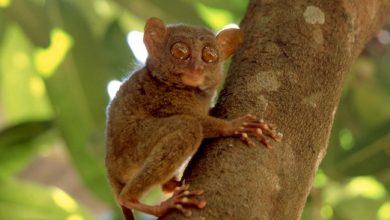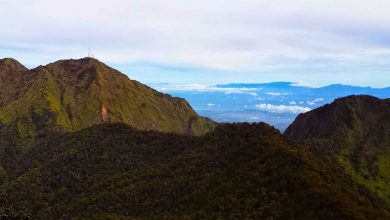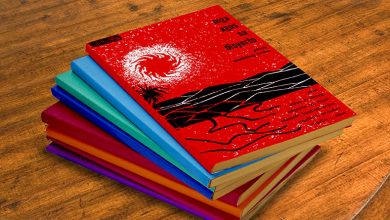Ethnic Groups
Filipinos to this days are compose of various Malayo- Polynesian speaking ethnic group, the major ethic groups are the Visayan, Tagalog, Ilocano, Bicolano, Pangasinense, Kapampangan, the Igorot and the Moro. About 8% of all the Filipinos are tribal groups.
The Visayan is the largest ethnic group of the Philippines. More than 40% (estimated 32.5 to 40 million) of the Filipinos have Visayan ancestry or identify as Visayan. Visayans were initially animists who were known for being traders and raiders. The landing of Magellan in the Visayas in 1521 marks the start of Christianization of the Visayas and the rest of the Philippines; The Tagalogs number about 15,876,000 making it the second largest Filipino ethnic group. Its territory stretches from the central plains of Luzon to the islands of Mindoro and Marinduque; Ilocanos are the inhabitants of the lowlands and coastal areas of northern Luzon. Some are dark-skinned with large round eyes due to Aeta admixture while others are fair-skinned and have almond eyes, owing the Chinese admixtures. Their homeland is the closest region in the Philippines to China. Many of them have Spanish descents and others having Indian or Arab blood; Bicolanos, the fourth largest ethnic group with 6.9%. They are descended form the Austonesian-speaking immigrants who came from South China during Iron Age. Some of them have Chinese, Arab and Spanish admixtures. Majority of them are devout Roman Catholics; Pangasinense, originate from the northwestern seaboard of Luzon. They are one of the first people in the Philippines to have contacts with Chinese. Most of them are agriculturists however, their literature is well-known throughout the Philippines; and the Kapampangan or Capampangan, originate from the central plains of Luzon and perhaps the only ethnic group in the Philippines with dominant Chinese ancestry.
Igorot, name for the people of the Cordillera region in the island of Luzon. These former headhunters were the most warlike of the mountain tribes. There are two subgroups: The larger group lives in the south, central and western areas, and very adept at rice-terrace farming; the smaller group lies in the east and the north. The social structure used of this group centred within the village wards (ato) containing about 14-50 homes. Traditionally, young men and women lived in dormitories and ate meals within their families. This gradually changed with the advent of Christianity. In general, however, it can be said that they are very aware of their own way of life and are not overly eager to change.
The Muslim or Moro are a multilingual ethnic group and the largest mainly non-Christian ethnic group, comprising about 5% of the total population of the country as of 2006. They are descended from the same prehistoric Austronesian migrations from Taiwan that populated the rest of the Philippines and the Maritime Southeast Asia. They already established themselves in the Philippines and converted the various coastal peoples of the Sulu archipelago, Tawi-Tawi and Mindanao (The Tausugs and Samals of Sulu and Tawi-Tawi and the Maguindanaos, Maranaos and Ilanons of Mindanao account for 94% of Muslim population of the Philippines at present) even before the Spanish period. The coming of Islam to these tribes of good seamen and traders gave them new political and religious structures which stimulated them to increased activity, and gradually extended the sultan’s authority.
Among the Muslims (Moros) of the Philippines the consciousness of belonging to the wider Muslim community has been intensified by international trends. The upsurge of resistance after the relative calm of the immediate post-war period was a reaction to the violence which had developed in the Philippines. The declaration of martial law and the order to all citizens to surrender their arms cause concern to the Moros, who felt too vulnerable as well as the political rivalries in the quest to secure representation in Congress increased their feelings of frustration.
Muslim law does not merely govern religious life, but provides a complete system regulating all the activities of civil, legal, commercial and political life. The Sultan is a descendant of the Prophet, and thus incarnates the supreme authority. He has the Kali to advise him in religious matters and the Pang lima as his representative although the latter function has tended to fall into the hands of the central administration. The maharlikas or aristocracies seem to have been under the Sultan’s control to an extent that varies from period to period. Traditionally they lived by trade, particularly by trading in the slaves whom they brought back from their raids on Spanish territory.
Economic underdevelopment and the inadequacy of the education and health services in the south increased Muslim discontent, which found inspiration in the faith of Islam and a rallying point in the Moro National Liberation Front. It should be noted, however, that on Mindanao and in the Sulu archipelago the Moros are in a minority, except in the Lake Lanao area (92% of the population) and on Tawi Tawi (94%). During the period of American control there were large-scale migrations from the over-populated plain areas (Visayas, Luzon) to the fertile land of Mindanao, bringing several million Christians into this region.
There are now 13 different Muslim tribes in the Philippines the Tausugs and Samals in the Sulu archipelago and Tawi Tawi, the Magindanaos, Maranaos, Ilanons and Kolibugans on Mindanao, the Yakans of Basilan, the Higaonons of Cagayan de Oro, the Palawanons and Molbogs of Palawan and the Sangils of the Saranggani Islands.




